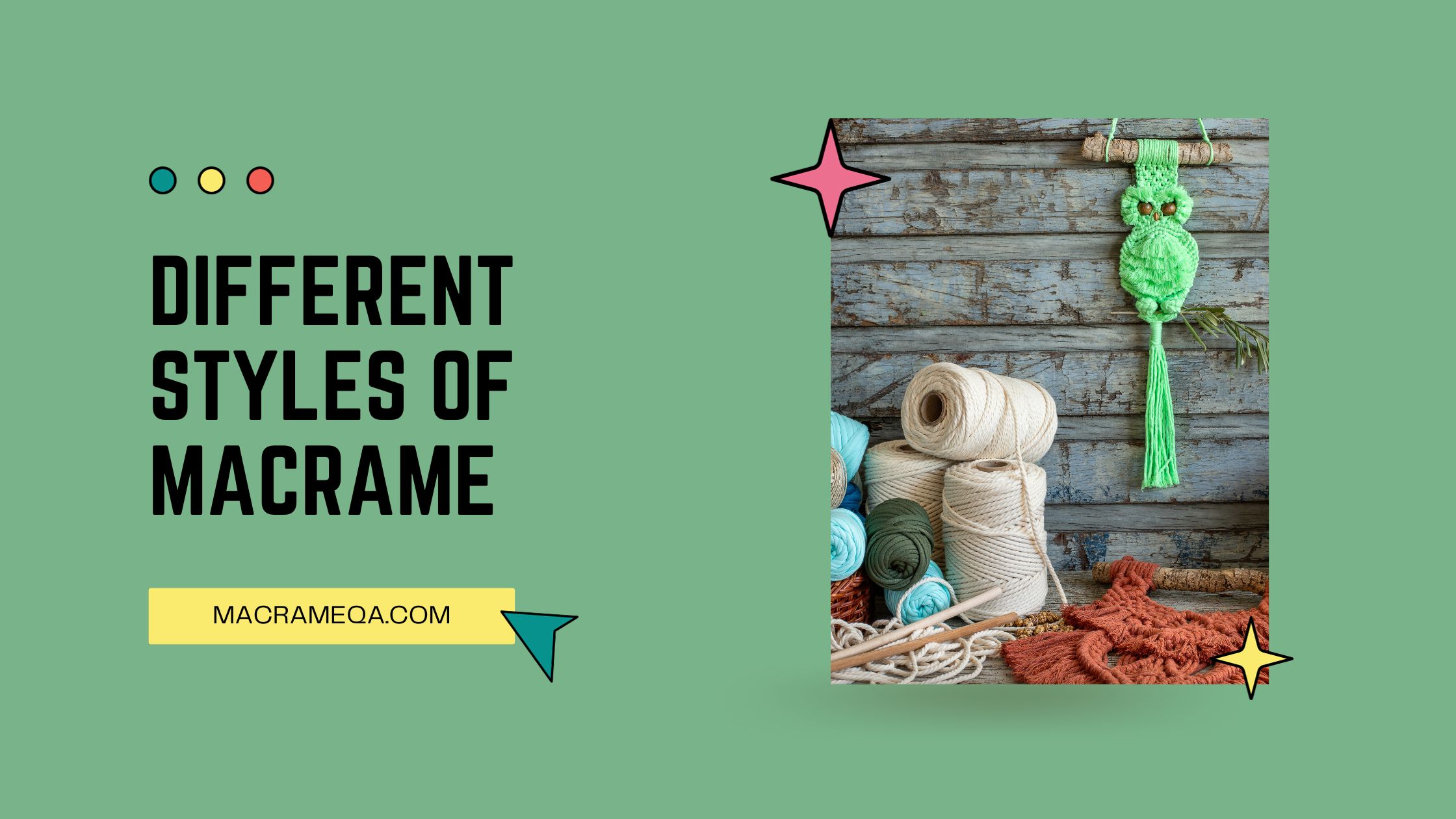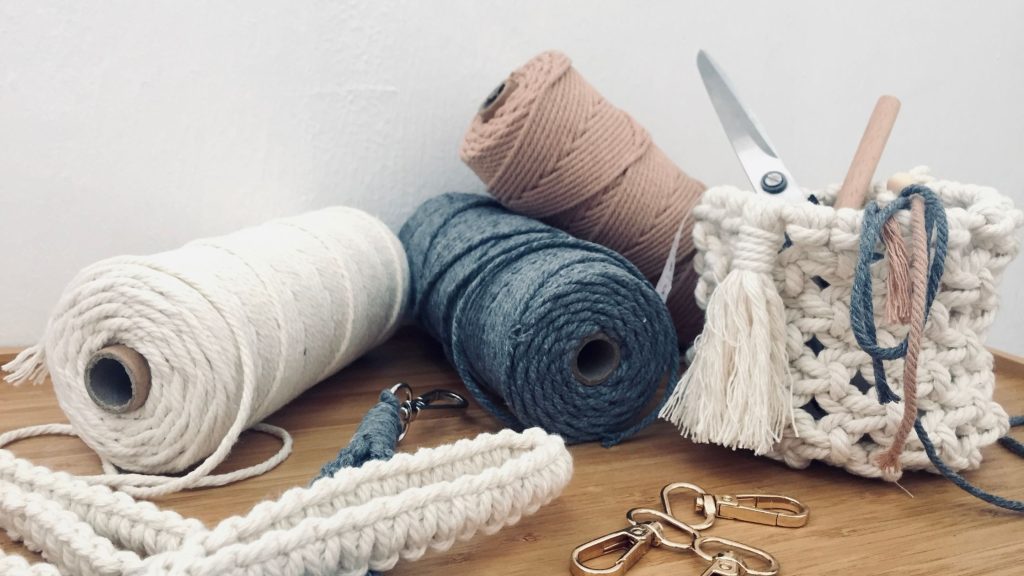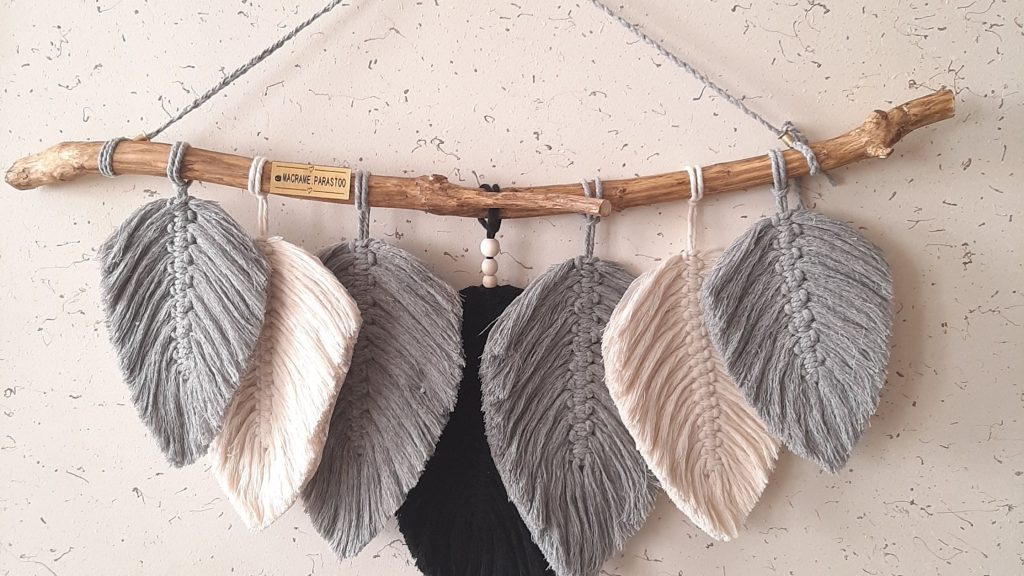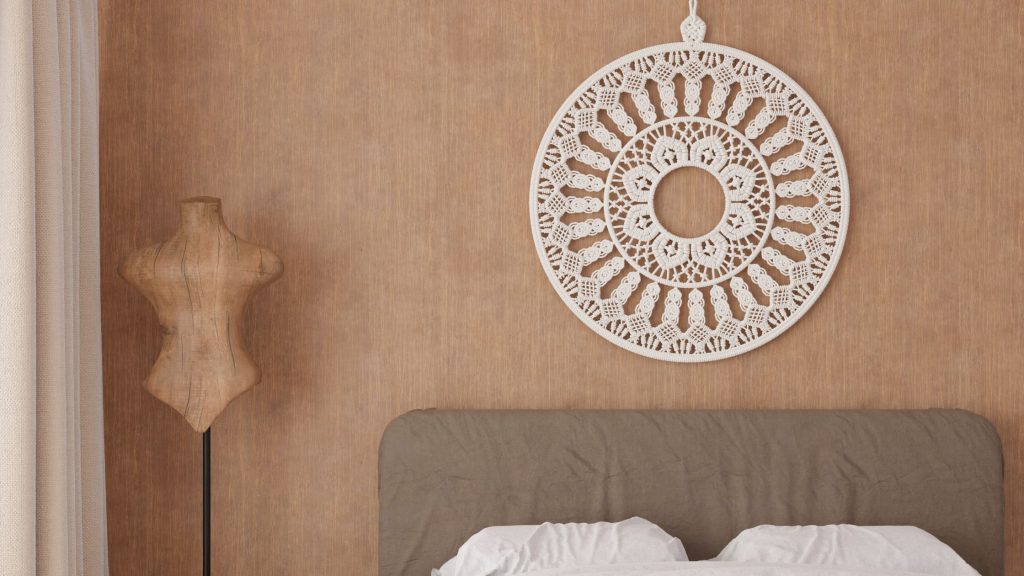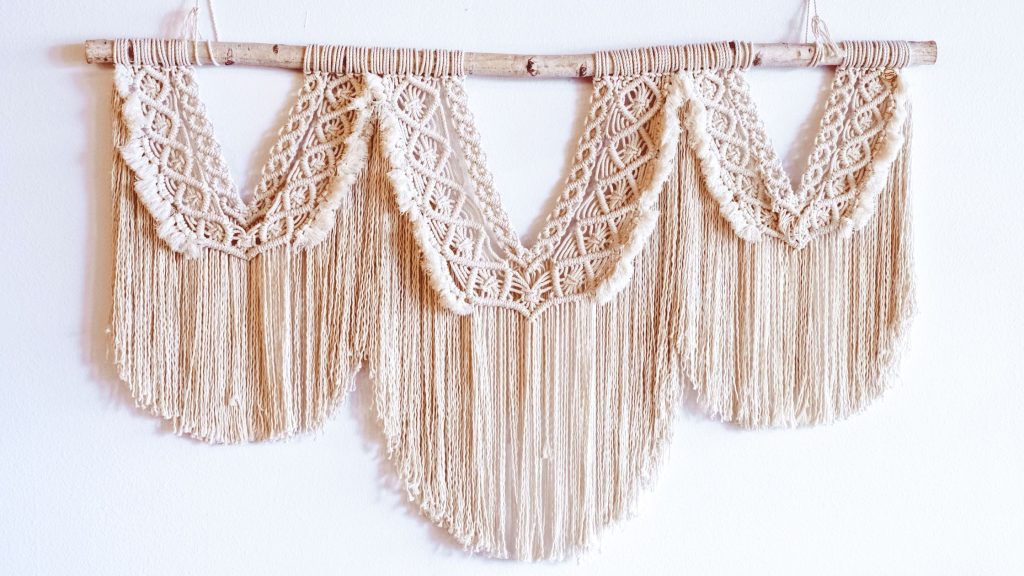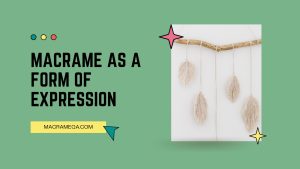Macrame, the art of knotting cords into intricate patterns, has a rich history that spans various historical periods. From ancient civilizations to modern times, this intricate craft has evolved, leaving a trail of unique styles in its wake. Delving into the past reveals glimpses of diverse techniques, from the ornate designs of the Ottoman Empire to the delicate creations of Victorian England. Join us on a journey through time as we explore the fascinating world of macrame and discover the distinct styles that have defined different eras.
Yes, there were indeed different styles of macrame in various historical periods. Macrame is an ancient textile art form that involves knotting cords together to create intricate patterns and designs. It has been practiced by different cultures around the world for centuries, each developing their unique styles and techniques. In this article, we will explore the evolution of macrame through different historical periods, from ancient times to the present day.
Ancient Macrame Styles
Macrame has a long history, with evidence of its existence dating back thousands of years. The origins of macrame can be traced back to ancient times when it was practiced by various civilizations around the world.
Origin of Macrame
While the exact origin of macrame is uncertain, it is believed to have originated in the Middle East, specifically in the Arab regions. The word “macrame” itself is derived from the Arabic word “migramah,” which means “fringe.” Macrame was initially used to create decorative fringes on garments, rugs, and other household items.
Egyptian Macrame
One of the earliest known examples of macrame comes from ancient Egypt. The Egyptians used macrame techniques to create elaborate decorative trims for their clothing and accessories. They used a variety of natural fibers, such as linen and papyrus, to create intricate knot patterns.
Chinese Macrame
Macrame also has a rich history in China. Chinese macrame, known as “Chinese knotting,” dates back to the Tang Dynasty (618-907 CE). Chinese knotting is known for its intricate designs and symbolic meanings. It was often used to create decorative tassels, ornaments, and jewelry.
Medieval Macrame Styles
During the medieval period, macrame continued to evolve and spread across different regions of the world. Different civilizations developed their unique styles and techniques.
European Macrame
In Europe, macrame gained popularity during the Renaissance era. European macrame was characterized by intricate knot patterns and elaborate designs. It was often used to create decorative trims for clothing, as well as tapestries and wall hangings.
Arabian Macrame
Arabian macrame, also known as “Moorish macrame,” flourished during the Medieval Islamic period. Arabian macrame was heavily influenced by Islamic geometric patterns and calligraphy. It was used to create decorative screens, curtains, and other architectural elements.
Indian Macrame
In India, macrame techniques were incorporated into traditional textile arts. Indian macrame, known as “Knotting Art,” was characterized by its vibrant colors and intricate knot designs. It was used to create decorative items such as curtains, wall hangings, and jewelry.
Renaissance Macrame Styles
The Renaissance period marked a significant revival of macrame, with each European country developing its own unique style.
Italian Macrame
Italian macrame was known for its delicate lace-like designs. Italian artisans used fine threads and intricate knot patterns to create elaborate decorative trims for clothing and accessories.
French Macrame
French macrame, also known as “point de macrame,” was characterized by its intricate and symmetrical designs. It was often used to create decorative lace trims, tablecloths, and curtains.
Spanish Macrame
Spanish macrame, known as “punto de cruz” or “cross-stitch macrame,” incorporated cross-stitch techniques into macrame. Spanish artisans used vibrant colors and geometric patterns to create decorative items such as wall hangings and tapestries.
Colonial Macrame Styles
During the colonial period, macrame techniques were brought to different parts of the world through colonization and trade. Each colonizing nation contributed to the development of macrame styles in their respective colonies.
English Macrame
English macrame was heavily influenced by the Elizabethan era. It was known for its intricate designs and ornate patterns. English macrame was often used to create decorative trims for clothing, as well as household items such as curtains and bed canopies.
Dutch Macrame
Dutch macrame, also known as “Hollandse knoopkunst,” combined macrame techniques with Dutch decorative traditions. Dutch artisans used floral motifs and vibrant colors to create decorative items such as wall hangings and tablecloths.
Portuguese Macrame
Portuguese macrame, known as “Fia de Macramê,” was influenced by both Spanish and Moorish macrame styles. It was characterized by its intricate knot patterns and use of natural fibers such as linen and cotton. Portuguese macrame was often used to create decorative lace trims and accessories.
Victorian Macrame Styles
During the Victorian era, macrame experienced a resurgence in popularity, and it became a popular hobby among women of the upper class.
English Victorian Macrame
English Victorian macrame was known for its intricate and elaborate designs. It was often used to create decorative trims for clothing, as well as curtains and table linens. English Victorian macrame also incorporated beads and other embellishments for added elegance.
American Victorian Macrame
American Victorian macrame, also known as “Victorian knotting,” developed its unique style. It was characterized by its use of natural fibers, such as hemp and jute, and its incorporation of Native American and African influences. American Victorian macrame was used to create a variety of decorative items, including plant hangers, lampshades, and wall hangings.
Art Nouveau Macrame Styles
During the late 19th and early 20th centuries, macrame underwent another transformation influenced by the Art Nouveau movement.
French Art Nouveau Macrame
French Art Nouveau macrame was characterized by its organic and flowing designs. It was often used to create decorative panels, room dividers, and lampshades. French Art Nouveau macrame incorporated natural motifs such as flowers, leaves, and vines.
Belgian Art Nouveau Macrame
Belgian Art Nouveau macrame, also known as “Brussels knotted lace,” was known for its delicate and intricate designs. It was often used to create decorative lace trims, collars, and cuffs. Belgian Art Nouveau macrame used fine threads and intricate knot patterns to achieve its unique look.
Art Deco Macrame Styles
In the 1920s and 1930s, macrame took on a new style with the emergence of the Art Deco movement.
American Art Deco Macrame
American Art Deco macrame was characterized by its geometric designs and bold colors. It was often used to create decorative wall hangings, room dividers, and lampshades. American Art Deco macrame incorporated modern materials such as plastic and metal beads.
German Art Deco Macrame
German Art Deco macrame, influenced by Bauhaus principles, was known for its minimalist and functional designs. It was often used to create decorative items such as curtains, table runners, and cushion covers. German Art Deco macrame focused on clean lines and simple knot patterns.
Mid-Century Macrame Styles
In the mid-20th century, macrame became especially popular during the Mid-Century Modern design movement.
Scandinavian Mid-Century Macrame
Scandinavian Mid-Century macrame was characterized by its simplicity and natural materials. It was often used to create decorative wall hangings, plant hangers, and room dividers. Scandinavian Mid-Century macrame focused on clean lines and minimalistic knot patterns.
American Mid-Century Macrame
American Mid-Century macrame, influenced by the Bohemian aesthetic, embraced a more relaxed and free-spirited style. It was often used to create decorative items such as hammocks, hanging chairs, and wall hangings. American Mid-Century macrame incorporated colorful fibers and playful knot patterns.
Boho Macrame Styles
In the 1960s and 1970s, macrame experienced a resurgence in popularity as part of the bohemian counterculture.
Hippie Macrame
Hippie macrame was characterized by its free-spirited and unconventional designs. It was often used to create decorative wall hangings, curtains, and clothing accessories such as belts and headbands. Hippie macrame incorporates a variety of materials, including natural fibers, beads, and feathers.
Bohemian Macrame
Bohemian macrame continued the free-spirited and eclectic style of the hippie macrame. It was often used to create decorative items such as dreamcatchers, plant hangers, and wall hangings. Bohemian macrame embraced a mix of textures, colors, and patterns, creating a vibrant and bohemian aesthetic.
Contemporary Macrame Styles
In recent years, macrame has made a comeback in the world of design and craftsmanship.
Modern Macrame
Modern macrame combines traditional macrame techniques and designs with a contemporary twist. It is often used to create decorative items such as wall art, plant hangers, and jewelry. Modern macrame focuses on clean lines, minimalistic knot patterns, and the use of natural fibers.
Minimalist Macrame
Minimalist macrame takes the simplicity and clean lines of modern macrame to another level. It eliminates unnecessary embellishments and focuses on the beauty of the knot patterns themselves. Minimalist macrame is often used to create understated and elegant decorative pieces, such as wall hangings and room dividers.
Conclusion
In conclusion, macrame has evolved and changed over the centuries, with different styles emerging in various historical periods. From its ancient origins in the Middle East to its resurgence in contemporary design, macrame continues to captivate and inspire people around the world. Whether it’s the intricate lace-like designs of the Renaissance or the free-spirited creations of the Bohemian era, macrame remains a versatile and timeless art form. So why not pick up some cords and give macrame a try? You might just discover your unique style within this ancient craft.

